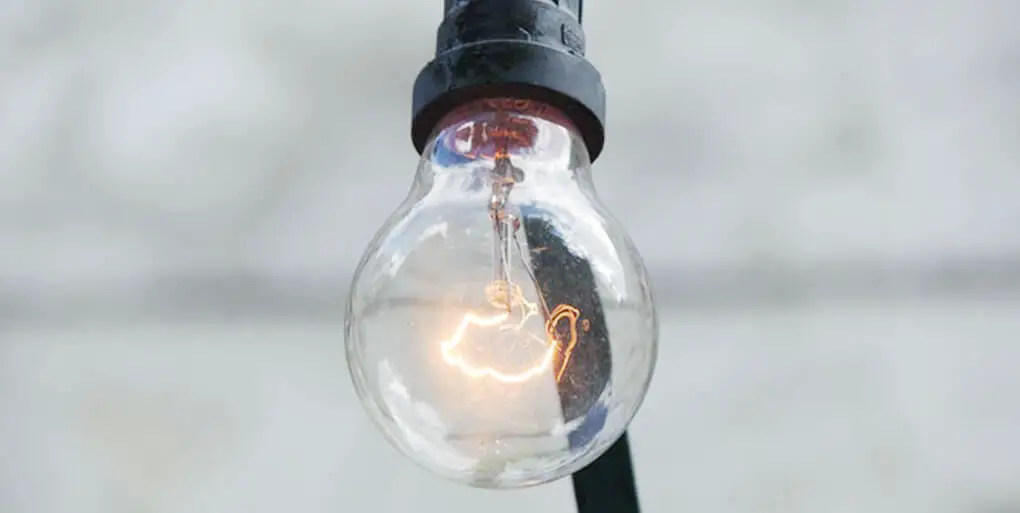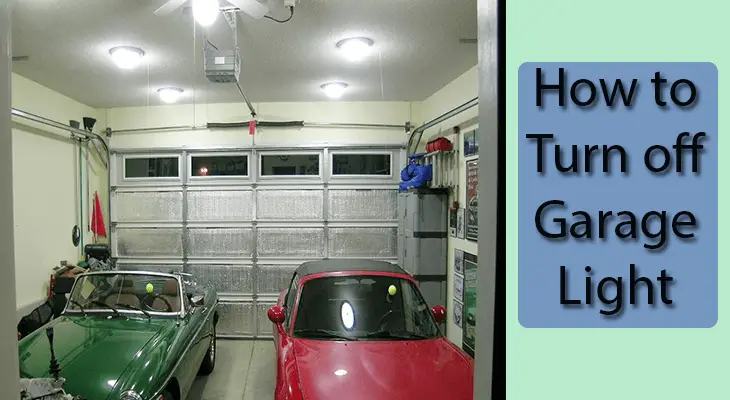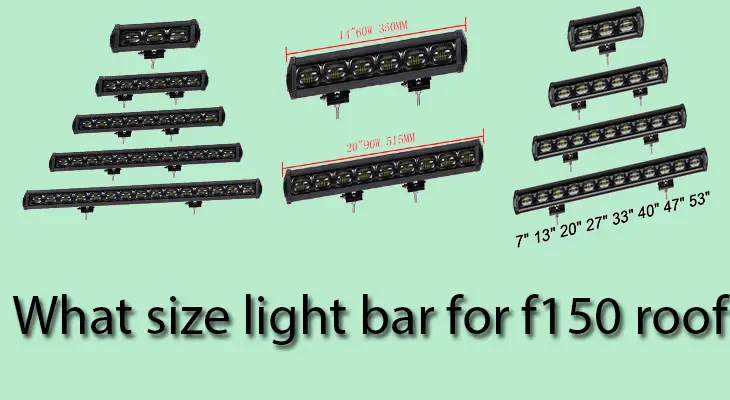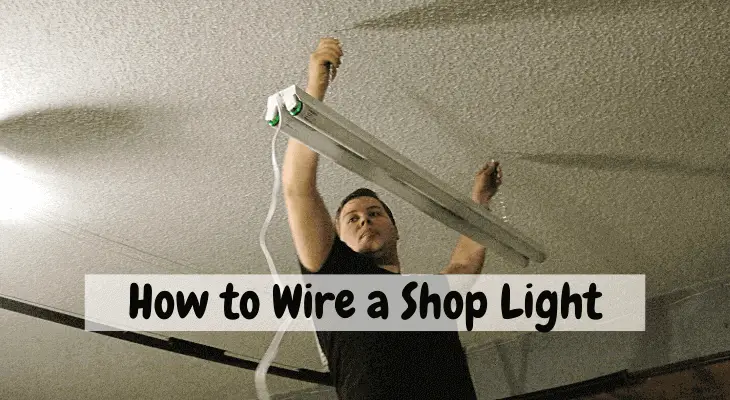An incandescent light bulb is a source of light that emits light by heating a filament. They come in a wide range of voltages, wattage’s, and sizes. The first light bulbs to ever be produced were incandescent bulbs. The first incandescent light bulb had a carbon filament.
An incandescent bulb is made of several components. The main light producing object is a tungsten filament, which gets heated when an electric current passes through it producing light.
Pros and Cons of Incandescent Light Bulbs
Incandescent light bulbs have one main downside, they are not energy efficiency. By 2014, the USA energy law phased out all tungsten filaments with 40 and 60 watts because they are not energy efficient. In this regard, incandescent light bulbs are slowly being phased out and replaced by light-emitting diode (LED) bulbs and compact fluorescent Lights (CFLs).
Worth noting is that despite the incandescent light being energy inefficiency, it is still the most popular bulb in most households and commercial enterprises. It has advantages over other types of bulbs including having a warmer temperature, they are also easy to install and cheaper to buy.

Troubleshooting Problems with Incandescent Light Bulbs
Two common issues that can occur to your slanted ceiling light fixture is either the light fails to light or starts flickering.
Failure of the Incandescent Light to Light
When an incandescent light bulb fails to light, there could be several causes including, first it could be that the bulb has burnt out due to a bad filament. Secondly, it could be a problem with the socket wiring. Another problem could that the bulb is loose and not fixed well in the socket. Also, the switch could be faulty, or there could be a supply voltage issue among other causes.
Supply Voltage
Too many voltages to your home from the main supply can result in bulbs burning brighter and also burning out faster than is the norm. You can establish if this is the problem by testing using a voltage tester or multi-meter. If the voltage is higher than 125 volts, then you need an electrician to check it out. This requires you to have a little technical electrical knowledge because you will do it with the power on.
Also read this post of us on basking light for bearded dragon.
Incandescent Light Bulbs Have a Short Lifespan
If an Incandescent bulb stops working it could be burnout. Incandescent light bulbs have a short lifespan of between 700 to 1,000 hours and if used regularly it will not last 12 months. This is in contrast to fluorescent bulbs which have a lifespan of 20,000 hours meaning that they can last for several years.
However, you can know that a socket has a problem if you keep replacing the light bulb in only one socket unless it is used more than the others.
To trouble shoot, fix a new bulb that is working or remove the bulb and try it in a different room to see if it will work.
Incandescent Light Bulbs are Vibration-Sensitive
Generally, incandescent lamps are sensitive to vibrations. If you live in an area with vibrations, then they will not last long because vibrations shortens their lifespan. For example, light bulbs placed near staircases and garage doors can get affected by the regular activities.
Also, a ceiling fan that is not balanced can also cause vibrations around the lamp socket which result in the filament being shaken.Product inventors are trying to address this problem. There are other types of bulbs in the market that are shock-resistant.
An Oversize Incandescent Lamp
If an oversized lamp is connected to a socket with a small wattage it will result in a bulb burn out. Avoid this issue by checking the maximum wattage on sockets and buying appropriate incandescent lamp fixtures.
A Loose Connection in the Fixture
If there are any connection problems between the light fixture socket and the bulb, it will result in a burnout. It could be a metal in the socket that is malfunctioning, or the contact tab has a loose crimp.
It can also be a problem with the bulb, probably the tip of the incandescent bulb is too small for the light fixture socket to make a good connection, which results in resistance and overheating and burn out of the bulb.
Troubleshooting a Flickering Light
There are possible causes of a flickering light bulb.
Problems with the Bulb
It could be that the bulb is loose. It may have gotten loose over time due to for example vibrations. The problem is as a result of an improper connection, meaning that it gets connected and then disconnected.
It is an easy problem to fix. It requires just tightening the bulb so that the bulb can sit well in the socket and the gadget receiving the bulb and the incandescent bulb are securely connected. For safety reasons, allow the bulb to cool down before tightening it and do not use a lot of force too. Over-tightening the bulb can spoil the socket.
Also,the bulb could be faulty, but not totally burn out and may need to be replaced.
Problems with Wires
Another possible cause is a loose connection because the wires are not well tightened. Firstly, rule out other issues that you can easily establish. If the cause is loose wires, you need an electrical expert to examine the issue further.
Problems with the Switch
The switch can be the one having an issue resulting in the flickering. If you are a dummy at power issues, then you need an electrical expert to examine the switch. It is not advisable to handle switch issues because you do not have the necessary tools or technical know-how.
Also read: LED vs Metal Halide: Comparing The Similarities and Differences
Problems with the Fixture
The fixture could be faulty and gotten worn out over time. For example, its receptacle could be worn-out with the metal contacts in the receptacle unable to hold the bulb well. Vibrations in a room eventually lead to this. They also have a lifespan and it could be due to age.
You can troubleshoot by removing the bulb and trying it in a different fixture. If the bulb does not flicker in other fixtures, then the fixture has a problem. The fixture needs to be tried in another power source and if it fails to work, it may need to be replaced.
Final Thoughts
To avoid issues with light bulbs, ensure that the bulb is compatible with the socket by following the manufacturer’s instructions concerning bulb wattage and voltage.Secondly, when buying bulbs, try to establish their vibration-resistance and also their lifespan. There are newer brands that are designed to last long.
Electrical issues are dangerous and quite annoying. If you are unable to troubleshoot them, get a licensed expert electrician to further examine the problem.

Here, I provide valuable insights into the lighting industry, drawing from 12 years of experience. My aim is to share useful and practical tips, life hacks, and comprehensive product reviews. I hope that collective expertise, advice, and recommendations prove beneficial to you.




